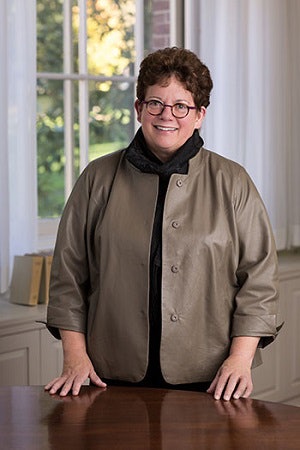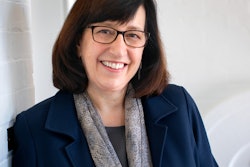With many colleges and universities choosing to reopen for in-person instruction this fall, campuses will look different for returning students.
The University of California San Diego, for example, is requiring that students, faculty and staff undergo COVID-19 testing when returning to campus.
 Dr. Robert Schooley
Dr. Robert Schooley“We certainly want to try to minimize [the spread] on our campus to every extent possible,” said Dr. Robert Schooley, infectious disease specialist at UC San Diego Health. “We want to make sure that we can deliver our educational mission as best we can in this condition.”
Testing sites are located around campus for individuals to swab themselves orally. Samples will be picked up every few hours for testing and barcodes on the swabs will be connected to each person’s medical history. Results are provided within 24 hours, according to Schooley.
Testing is free at UC San Diego Health locations or through the school’s Student Health Services.
To ensure there is no shortage of supplies, the university sources tests from several manufacturers.
“If one goes down, we will go to another one,” said Schooley. “We have some redundancy there which is good.”
Testing will occur once a month. However, athletes or students living off-campus will be tested more often.
“Our first round of testing will tell us where we see the real activity and then we can concentrate on areas that seem to be most active,” said Schooley.
A 330-room building is set aside for those students who test positive for COVID-19. The dormitory includes private bedrooms and bathrooms, and food will be delivered to students.
Schooley also emphasized that the university’s reopening plan is “adaptive.”
“We’re just trying to stay ahead of where the virus is and be able to try to stop its spread rather than react to its spread by having more testing done and more access to information than we would if we just waited for people to come in sick,” he added.
UC San Diego plans to have 30% of its instruction in person with the rest being a mix of remote and hybrid options. Classrooms will be limited to either fewer than 50 students or at 50% capacity, whichever number is smaller. Larger courses will be offered remotely, according to the university’s Return to Learn reopening plan.
 Dr. Biddy Martin
Dr. Biddy MartinIn addition to testing and limiting the number of students in classrooms, student services can also be offered remotely. Rooms in on-campus housing will be restricted to two beds. Additionally, if students are required to leave the university due to public health concerns, they will not be charged for the “unused portion of their dining and housing contracts,” the reopening plan said.
“I’m not someone who thinks we’re going to have a vaccine in the fall or maybe even next year and we’re going to have to start understanding how to operate in the shadow of the virus,” said Schooley. “This fall will be one of the first opportunities to learn how things will go in higher education.”
Other schools, such as Amherst College, announced plans to limit campus return to 1,200-1,250 students in the fall. This is equivalent to over 60% of total enrollment and between 70-75% of those students who expressed interest in returning, according to a letter from Amherst College president Dr. Biddy Martin.
Priority will be given to first-year students, transfer students, all sophomores and seniors who are either scheduled to graduate in the fall or who spent the 2019-2020 academic year studying abroad.
“We know this decision will disappoint those of you who want to be on campus in the fall and will instead have to wait until spring semester,” Martin said in the letter. “We are also disappointed that you won’t be here the whole year. However, we needed to balance this desire with the need to lower the density on campus, assign only one student per room in the residence halls, ensure a low student-to-bathroom ratio, and have confidence in the availability of healthcare resources, both on campus and in the region.”
With the recent spikes in COVID-19 cases, some institutions have changed their original reopening plans.
For example, in June, the University of Southern California (USC) announced plans for in-person fall instruction. However, over the last three weeks, confirmed coronavirus infections increased to 41% in Los Angeles County, according to the Los Angeles Times. So, USC decided last week to remain mostly online in the fall and encouraged students to reconsider living on or near campus.
Students planning to still live on campus will be required to complete a daily symptom screen and wear masks at all times outside their rooms. Guests are not permitted in residence halls, common spaces will be closed and laundry rooms and elevators are limited to one person at a time, according to a USC letter to the campus community.
“This semester will be a new and different experience for all of us,” the letter said. “Whether students are here on campus or pursuing their studies and activities online, we want everyone to feel safe and supported. “USC’s student life activities, support services and programs will be offered virtually, and we will stay connected through activities and events. We are in this together and together we will make this fall a rich and rewarding experience.”
Sarah Wood can be reached at [email protected].















